What was the Italian Renaissance?
The Italian Renaissance was a ‘rebirth’ of traditional values in Italian Art, philosophy, and literature. The word ‘Renaissance’ means ‘rebirth’ in French. Jules Michelet coined it in 1855 in his masterpiece ‘Histoire de France.’
Renaissance art was an era of development in Western art. This stretched from the renewal of naturalism in Giotto art at the end of the 13th century to the more expressive forms of mannerism in Michelangelo art at the beginning of the 16th century. The influence escalated across Europe, where it gave rise to scientific and cultural ideas that molded the artistic thought for the following five hundred years.
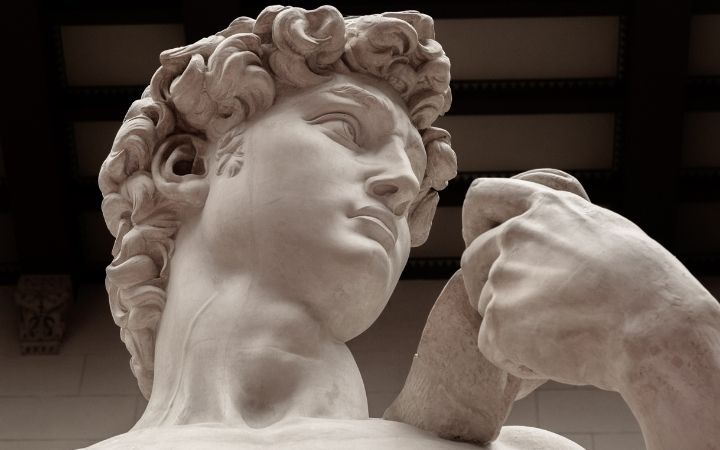
The 3 Phases of Renaissance
There are three stages of Italian Renaissance art. They include:
- Early Renaissance (Trecento)
- High Renaissance (Quattrocento)
- Late Renaissance (Cinquecento)
Early Renaissance (Trecento)
During this period, values that are associated with the renaissance began to be noticed. Some of these values consisted of emphasizing the human scale in art, human proportions, and naturalistic depiction.
It was during the 14th and early 15th centuries that artists, mainly from Tuscany in Northern Italy, devoted themselves to perspective drawing. They learned skills that enabled them to replicate spaces that seemed to have real depth on two-dimensional surfaces.
This innovation was called the linear perspective, and it was perfected in the mid-15th century in Masaccio’s paintings, an artist from Florentine. Later on, Leon Battista Alberti, a humanistically trained artist, modified the methods used by Masaccio. Battista circulated them in his theoretical treatise ‘On Painting,’ which he wrote in the 1430s. Basically, there was a renewed attention to style and the conventions of art.
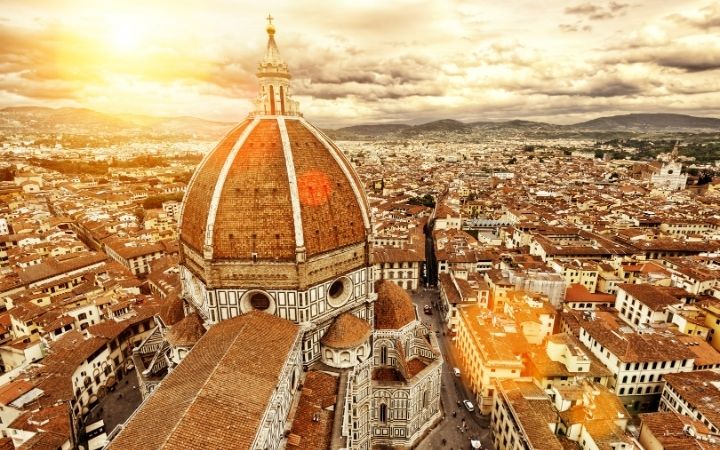
High Renaissance (Quatracento)
The period in Italy that saw the High Renaissance art dominating was during the 16th century. This is also the period that Mannerism developed. The period started in the 1490s with Italian Renaissance artists like Leonardo’s Fresco of the ‘Last Supper in Milan,’ and ended in 1527 with the ‘Sack of Rome’ by the troops of Charles V.
This period is termed ‘High’ because it is the time when the artistic objectives of the renaissance reached their most significant application. The High Renaissance period is characterized by the application of developments from the Early Renaissance. An example hereof is the on-point perspective.
The 16th-century art (High Renaissance) was dominated by three artists: Raphael, Michelangelo, and Leonardo da Vinci. Michelangelo excelled as one of the Renaissance painters. He also excelled as an architect and as a Renaissance sculptor. He mastered the art of portraying the human figure. His work, Frescoes, ranked amongst the greatest works of Renaissance art.
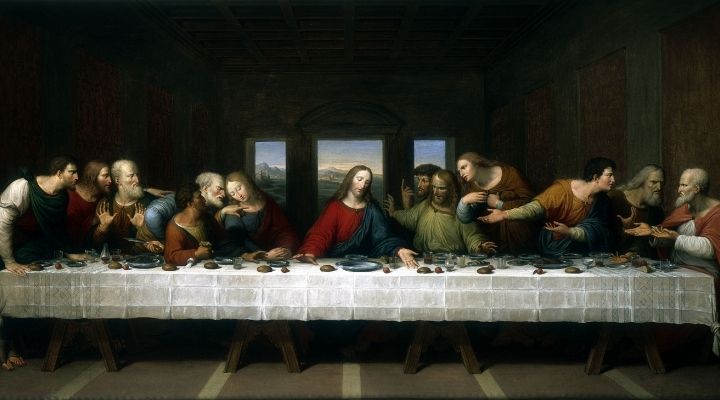
Raphael was great in the use of color. His works rank among the most famous of Renaissance paintings. On the other hand, Leonardo da Vinci is among the artists that painted the renowned Renaissance paintings. Leonardo is renowned for Italian Art: ‘The Last Supper ‘and ‘The Mona Lisa.’ Leonardo was older than Raphael and Michelangelo, but his works of art fall under the High Renaissance.
During the later years of the 16th century, Mannerism, which is a style of Italian art, emerged. It became common till about 1580 when it was replaced by the Baroque. Some historians consider Michelangelo’s later works to be Mannerist in style. Some of his works under this category are ‘The Laurentian Library and ‘The Last Judgment on the Sistine Chapel’s altar wall.’
Late Renaissance (Cinquecento)
As much as during the High Renaissance, there were great styles and artistic achievements; they did not last in areas like Rome and Central Italy. After 1520, different artists began experimenting with new conventions. The later mannerist artists derived from the works of Michelangelo’s ‘Sistine Chapel’ ceiling frescoes and the late Raphael, specifically his ‘Fire in the Borgo’ frescoes for the Vatican apartments that were painted between the years 1514 and 1517.
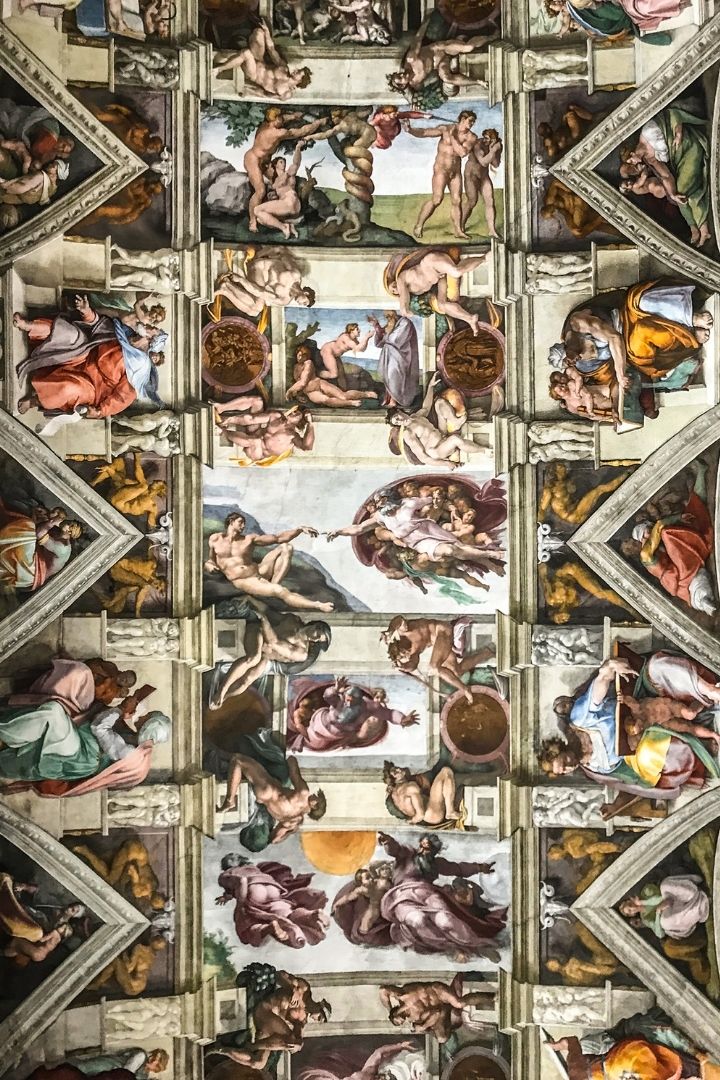
Raphael and Michelangelo arranged their human figures in such a way that they were beautiful and showed the physical possibilities of the human form. These renaissance paintings were heavily muscled and set within spaces that were defined by color.
The renaissance sculptures by Michelangelo were nudes that were heavily muscled and arranged in contorted positions. He finished two statues of Lorenzo and Giuliano, who were sons of the Medici family. He carved them in an elongated style, although the figures were seated.
What are the typical characteristics of Italian art?
With the renaissance in Italian art, a lot of changes took place. Here are some of the characteristics of Italian art:
- Faith in the nobility of man. Humanism-Renaissance humanism played a significant role in the reign of the Renaissance. It is through humanism that art enjoyed the support of the church. Many churches began to finance education and creative ventures.
- Willingness to explore and learn. New discoveries led artists to want to learn more. Advancement in technology also played a significant role in making Italian artists want to know more. There are innovations in painting, sculpting, and architecture.
- Rebirth of Naturalism. There is the rise of anatomical paintings and drawings. Both shadow and light are being used to draw attention to figures in paintings.
- Secularism-this is the change from religious themes to broader themes. There is also the incorporation of sculpture and architecture. The renaissance artwork portrays non-religious themes.
- The discovery and mastery of the linear perspective.– The Italian art uses math and proportions, which led to the innovations of two systems: linear perspective and the introduction of the vanishing point.
The famous architect Filippo Brunelleschi came up with this innovation where parallel lines, a horizon line, and a vanishing point to realistically portray depth and space in art. With a lot of practice, Italian artists were able to create a three-dimensional effect in their paintings.
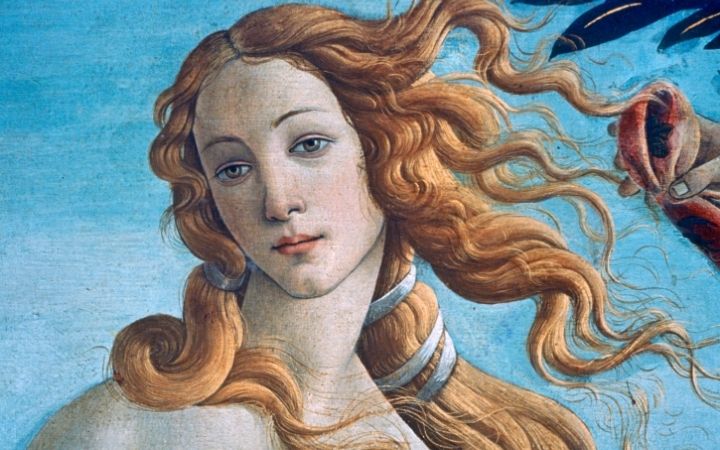
The Most Famous Italian Artists
The most famous Italian artists were from the Renaissance period. However, there are those from other periods whose work cannot go unnoticed. Here they are:
- Leonardo da Vinci. He was born in 1452 in Tuscany, Italy. He was a renowned painter in his lifetime.
- Michelangelo Buonarroti. He was born in 1475 in Florence, Italy. He is a famous painter who later on ventured into architecture in his old age.
- Raphael Sanzio. He was born in 1483 in Urbino, Italy. He took after his dad, who was a painter. After the death of his father, he took over his workshop. His painting subject matters were always religious topics.
- Giotto di Bondone. He is one of the renaissance artists. He always painted life in actuality. Giotto was born in Florence, Italy, around 1266.
- Merisi da Caravaggio. He was born in 1571 in Milan, Italy. Though he lived a controversial life, he was always applauded for his paintings.
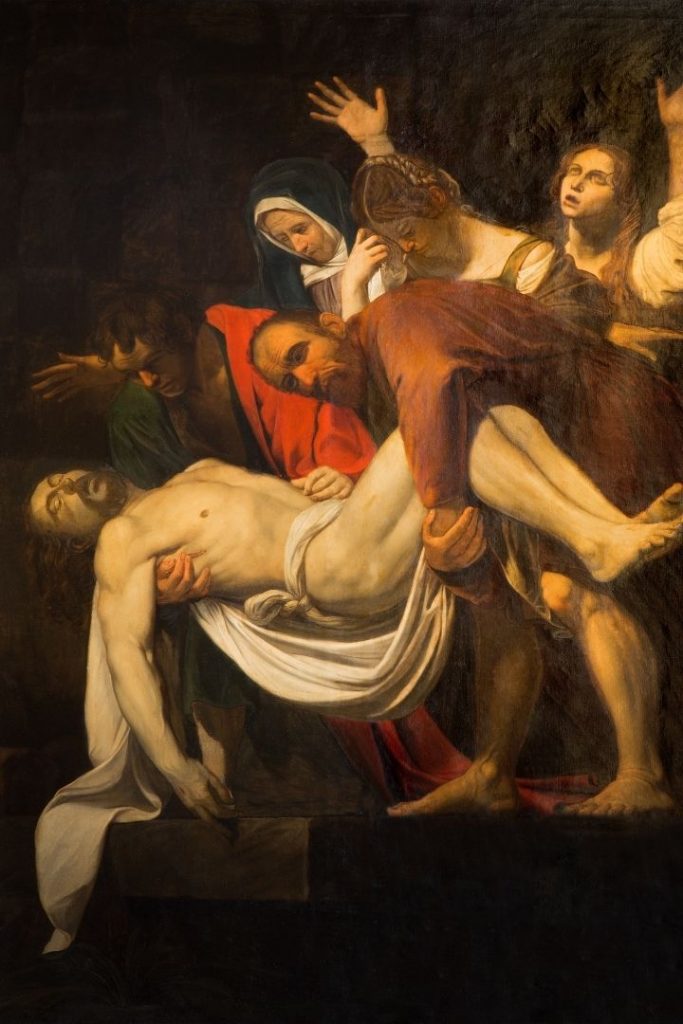
The Most Famous Italian Art pieces in History
- Mona Lisa by Leonardo da Vinci in 1517
- The Creation of Adam by Michelangelo Buonarroti in 1412
- The Birth of Venus by Sandro Botticelli in 1486
- The Last Supper by Leonardo da Vinci in 1498
- The School of Athens by Raphael in 1511
- Primavera by Sandro Botticelli in 1482
- Venus of Urbino by Titian in 1538
- The Calling of St Matthew by Caravaggio in 1600
- The Last Judgment by Buonarroti in 1541
- Sistine Madonna by Raphael in the year 1512
Summary
In short, the Italian renaissance gave birth to a lot of changes that are currently seen in Italian art. The renaissance stages that contributed were the proto renaissance where there was a more naturalistic style; the early renaissance that introduced perspective drawing; the high renaissance that achieved the classical deals and the Venetian renaissance that produced a more colorful style of painting.

Community of passionate writers and content creators who share a love for Italian heritage, culture, travel, food, and the Italian-American community. Our mission is to celebrate Italy’s rich history and traditions and connect with others who share the same passion.

